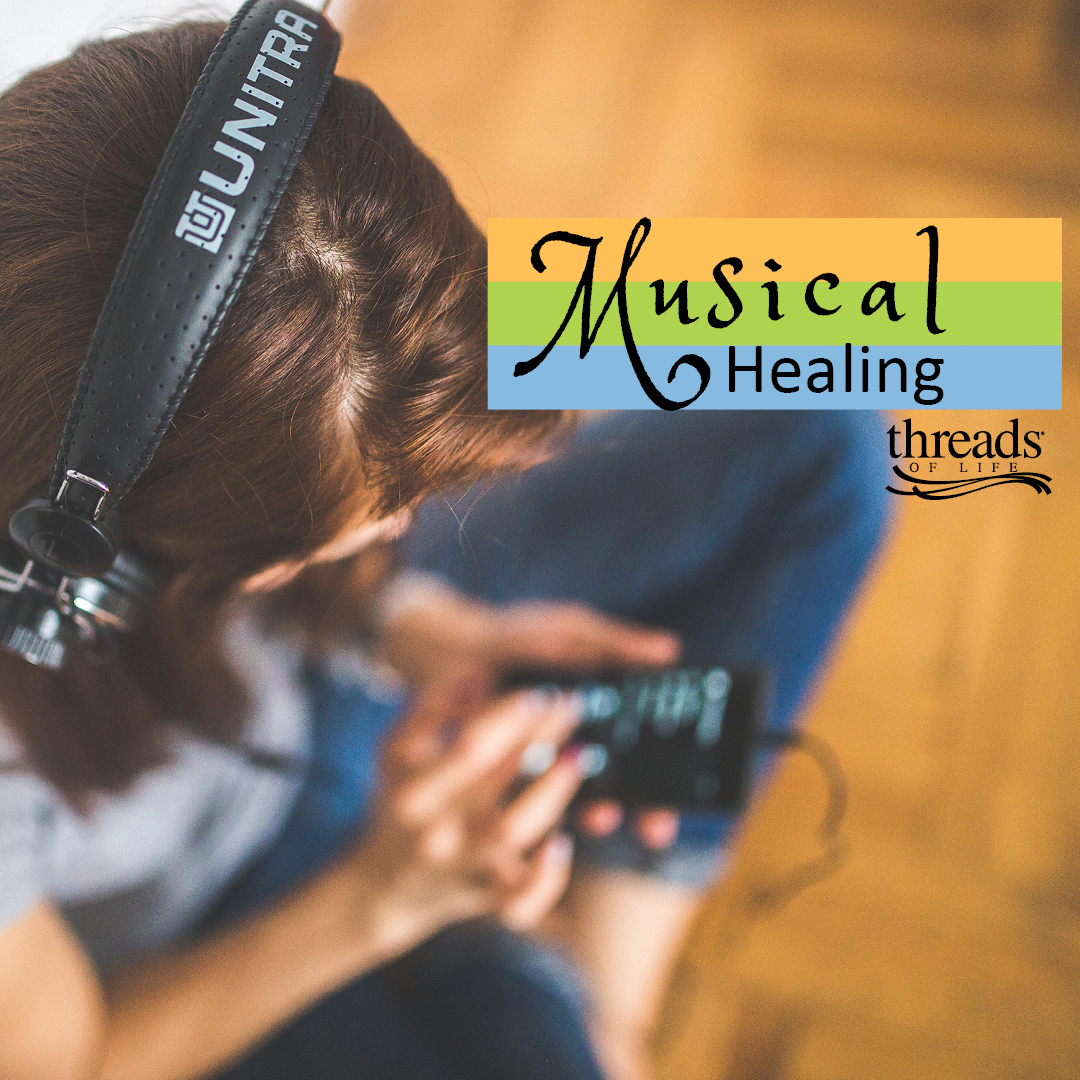 Using music after a loss or difficult life experience
Using music after a loss or difficult life experience
I’ve been an accredited music therapist since 2004 and I’ve used music with many different people, to reach many therapeutic goals. Often, we move through our days with music around us. It may be on in the background, in the store, in the car – but are we really harnessing the power of music? I’d like to share a few ways in which you can choose and use music with intention.
To motivate and uplift
When we are feeling low, it is often more difficult to motivate ourselves to move in the direction of things that will uplift us. Our energy and resources are drained. Experiment with listening to music that provides you with a sense of energy, or purpose. This might be music that has a particular rhythm (upbeat), or a soaring melody. Maybe the lyrics are inspiring. You can create a playlist of songs or pieces of music that all provide this similar feeling and then use it when waking to set a mood, or throughout the day when energy is lagging or motivation is lacking. It’s also important to rest after a loss or difficult life experience.
To make us feel understood and validated. To decrease feelings of isolation.
After a difficult life experience involving a loss, many people feel isolated. There are different reasons for this. Sometimes people don’t have the social support they need previous to a difficult life event. For others, social support may be there, but they withdraw from social events and people after a loss. While this might allow us to avoid unpleasant interactions with people who don’t understand what we are experiencing, people who remind us of the loss, or people who are insensitive, it also makes us feel increasingly alone. We all need a sense of belonging and connection – especially when we’ve had a difficult life experience.
Listening to music that matches the feelings you are having – even when they are difficult feelings – can help us feel validated and can decrease our feelings of isolation. When lyrics describe feelings or thoughts similar to those we are having, or instrumental music seems to match the experience we are having inside of us, we gain a sense of connection with others. Create a playlist to listen to when you are feeling alone and misunderstood.
To support reminiscence
Music is part of many important life events and contains many beautiful memories when we listen to it years later. If you have lost a loved one, you could support healthy grieving by thinking about some of the pieces that remind you of your loved one and the good times you shared together. Making a playlist of these pieces and organizing them in a way that is meaningful to you can be a healing project that you can listen to when you want to feel close to and remember your loved one.
To comfort and soothe
Many people use food to comfort themselves. “Comfort eating” can be a great escape in the moment, but can cause further health issues. Consider using music as a comfort. Identify pieces that bring feelings of warmth, calm, peacefulness, joy, feeling hugged or nurtured in another way. Make a playlist and use this when you need a soothing sensory experience.
To help you relax into sleep
Grief and difficult life experiences often impact our bodies. Sleep may become difficult. If you are having issues with sleeping or insomnia, consider using music that you find relaxing to help you unwind at night and settle into a good night’s sleep. If you use it often enough and find that it is effective, you may become conditioned to fall asleep with certain pieces, so make sure you don’t play these while driving or at other times when you need to be alert.
There are endless ways to use music intentionally. If you are someone who is able to sing or play an instrument you could also try playing the songs that fall under the above categories, or write a song for self expression. Experiment, be curious, and enjoy!
Best wishes for your healing.
Are there particular pieces of music that comfort you, uplift you, or help you relax? Share them in the comment space below!
- Musical healing - January 5, 2017

 Find Support
Find Support Donate
Donate